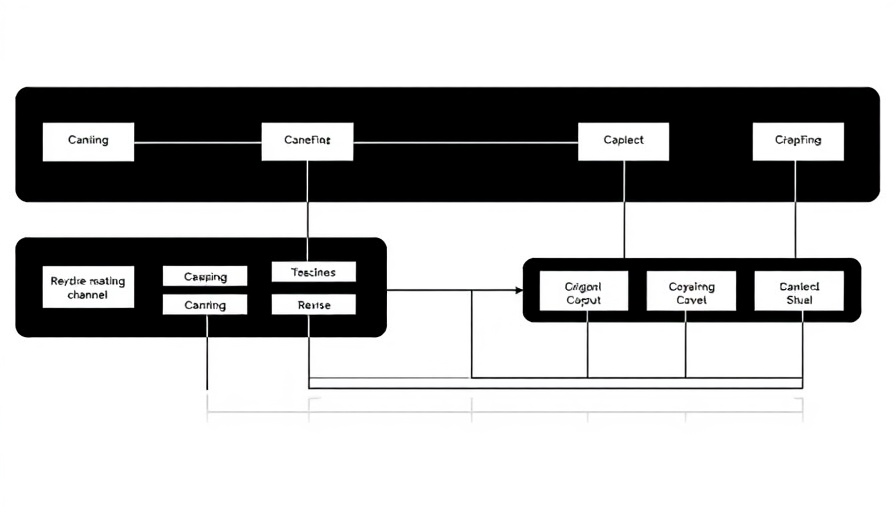
Trump's Bill Sparks Controversy Over Space Shuttle Discovery
In an intriguing twist in the debate surrounding the future of the space shuttle Discovery, a provision in President Trump’s "Big Beautiful Bill" has ignited significant resistance from the Smithsonian Institution. This bill mandates that the shuttle, which has been a centerpiece of the National Air and Space Museum's Steven F. Udvar-Hazy Center in Chantilly, Virginia, be transferred back to NASA for relocation to Houston.
The Essence of the Dispute
Discovery has been an iconic representation of space exploration since its first flight 30 years ago, yet the proposed legislation seeks to uproot it from its carefully curated home. Introduced initially as the "Bring the Space Shuttle Home Act" by Texas Senators John Cornyn and Ted Cruz, the bill initially stalled but was resurrected and tucked into the expansive "Big Beautiful Bill". The revised act does not explicitly mention Discovery, instead referring to the transfer of a "space vehicle" to a NASA facility associated with the Commercial Crew Program.
Smithsonian's Legal Standpoint
The Smithsonian Institution has firmly rejected the bill's attempt to transfer ownership, citing documented proof of its acquisition of Discovery’s ownership rights from NASA in 2012. The museum insists that it is the rightful steward of the shuttle, which is held in trust for the public. This position emphasizes not only legal ownership but also represents an assertion of cultural significance, claiming that Discovery plays an essential role in the understanding of America’s aerospace history.
The Financial Implications of the Bill
The proposal allocates $85 million for the transfer of Discovery, with $5 million specifically designated for moving the shuttle. The remaining funds are intended for the construction of a new facility to house the vehicle. While financial provisions seem generous, critics like Illinois Senator Dick Durbin have deemed the whole endeavor a "heist by Texas," slated to undo a decision made over a decade ago when it was determined where the decommissioned shuttles would reside.
Political Ramifications and Broader Context
The fallout from this legislative effort signals not only a regional rivalry but also raises questions about the allocation of national treasures. As Senator Durbin noted, this is less about the shuttle itself and more about the legislative maneuvering that seeks to overturn past decisions. This situation underlines the potential conflict between state interests and federal governance in managing the nation’s heritage.
Insights into the Future of Space Exploration
As the U.S. continues to invest in its space exploration capabilities, the fate of Discovery touches upon larger themes of innovation. Relocating a symbol of history such as the shuttle could influence public perception and enthusiasm for new space initiatives. Understanding these dynamics is critical as policymakers navigate the complexities of existing commitments versus upcoming opportunities in space technology and exploration.
In conclusion, as discussions of space exploration evolve, so too do the political pressures governing our national treasures. Rethinking such provisions may be essential to retaining the integrity of our cultural and technological heritage.
 Add Row
Add Row  Add
Add 




Write A Comment